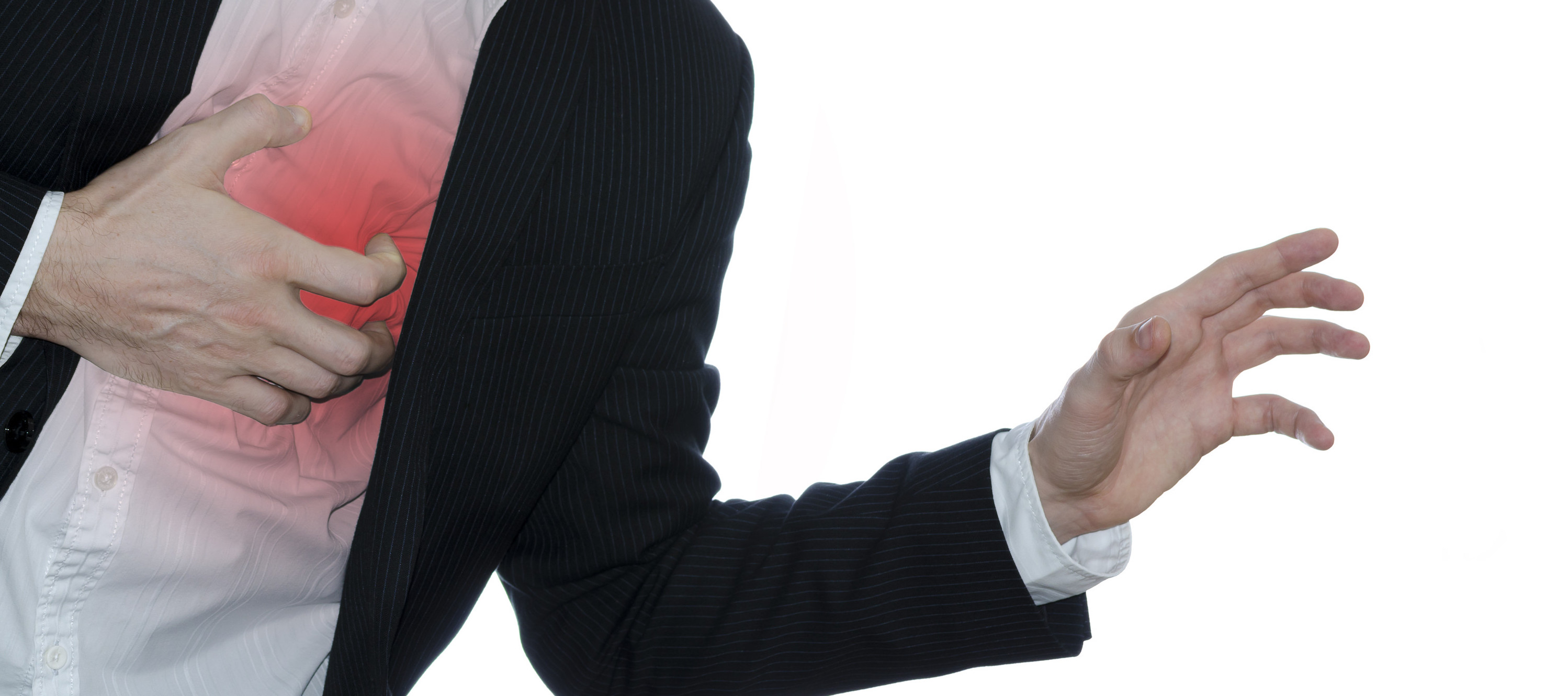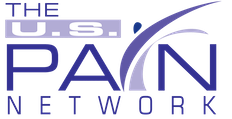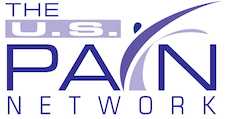Spinal Cord Stimulator Implant for Refractory Angina Pectoris
 Angina pectoris is chest pain that results from ischemic episodes where there is reduced blood flow to the heart. Pain arises when nerve endings (nociceptors) of the heart are stimulated. Refractory angina pectoris is chest pain refractory to usual medical treatment and standard heart revascularization procedures. Patients with refractory angina pectoris can benefit from electrical neuromodulation.
Angina pectoris is chest pain that results from ischemic episodes where there is reduced blood flow to the heart. Pain arises when nerve endings (nociceptors) of the heart are stimulated. Refractory angina pectoris is chest pain refractory to usual medical treatment and standard heart revascularization procedures. Patients with refractory angina pectoris can benefit from electrical neuromodulation.
What causes angina pectoris?
When there is inadequate blood flow through stenosed vessels or endothelial dysfunction, the mechanoreceptive receptors of the heart are stimulated. Activation of these receptors causes release of adenosine, prostaglandins, bradykinin, and other substances that activate the sensory ends of nerve fibers. The elicited stimulus causes angina pectoris, which is pain due to visceral afferent nerve fiber activation.
How do I prepare for the spinal cord stimulator implant (neuromodulation) procedure?
Before the surgery, you need to discuss all medical conditions, medications, and allergies with the surgeon. The doctor will perform a physical exam and take a complete medical history. Before the procedure, the doctor discusses the surgery benefits with you and has you sign an informed consent form. When you arrive at the surgical center, a nurse has you change into a procedure gown and places an IV line in your arm.
How is a spinal cord stimulator implant procedure done?
After receiving general anesthesia, the skin over the back is cleaned with an antiseptic, shaved, and prepped. A small incision is made in the skin to expose the spinal column. Using real-time x-ray (fluoroscopy), electrodes are placed inside the epidural space. The electrodes connect to wires that are threaded under the skin to attach to the generator. An incision is made in the lower abdomen or buttock so the stimulator can be placed. The device is battery-powered and emits mild electric current.
What can I expect after the implant procedure?
Expect some mild bruising, soreness, and swelling of the incisions. This will resolve in a few days. You are not allowed to drive for 4 weeks, and cannot participate in rigorous activities for 8 weeks. Do not raise your hands over your head, avoid soaking in a tub for a week, and gradually return to usual activities.
How is the neuromodulator operated?
A small remote device is used to turn the stimulator on and off, as well as adjust the intensity settings. This remote can be carried in a pocket or purse.
How does spinal cord stimulation treat cardiac ischemic syndromes?
The mechanism of action for the neuromodulation device involves reduced pain perception, decreased myocardial oxygen demand, reduced sympathetic tone, and improved blood flow. The electrical stimulation affects the sensitive afferent nerve fibers, which results in a decrease in the release of exitatory amino acids (aspartate and glutamate). SCS enhances the release of beta-endorphin, which reduces pain perception.
Does spinal cord stimulation work?
According to a recent study in South Korea, spinal cord stimulation is an effective, safe treatment option for refractory angina pectoris. Other studies support the used of SCS for angina pectoris. The clinical efficacy of SCS involves symptomatic relief, an anti-ischemic effect, and improvements in quality of life and functional status. In a recent large review of studies, researchers found that SCS offered lower costs and similar outcomes when compared to heart surgery and myocardial laser revascularization.
Resources
Börjesson M, Andrell P, Lundberg D, Mannheimer C. Spinal cord stimulation in severe angina pectoris–a systematic review based on the Swedish Council on Technology assessment in health care report on long-standing pain. Pain. 2008;140:501–508.
de Jongste MJ, Hautvast RW, Hillege HL, Lie KI. Efficacy of spinal cord stimulation as adjuvant therapy for intractable angina pectoris: a prospective, randomized clinical study. Working Group on Neurocardiology. J Am Coll Cardiol. 1994;23:1592–1597.
Eddicks S, Maier-Hauff K, Schenk M, Müller A, Baumann G, Theres H. Thoracic spinal cord stimulation improves functional status and relieves symptoms in patients with refractory angina pectoris: the first placebo-controlled randomised study. Heart. 2007;93:585–590.
Lee SH, Jeong HJ, Jeong SH, et al. (2012). Spinal Cord Stimulation for Refractory Angina Pectoris -A Case Report. Kor J Pain, 25(2), 121-125.
Taylor RS, De Vries J, Buchser E, Dejongste MJ. Spinal cord stimulation in the treatment of refractory angina: systematic review and meta-analysis of randomised controlled trials. BMC Cardiovasc Disord. 2009;9:13.


